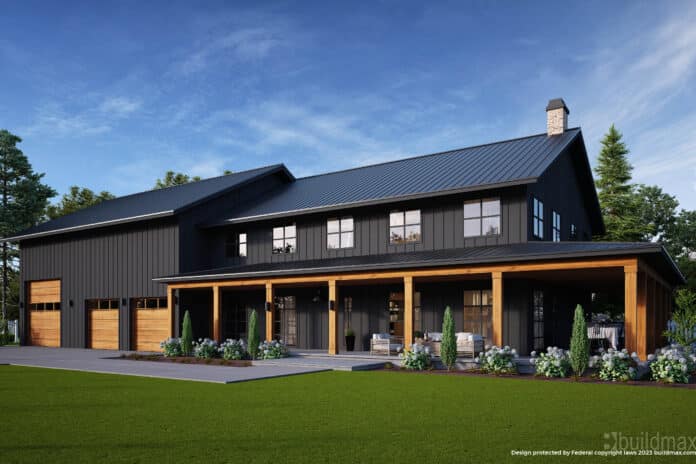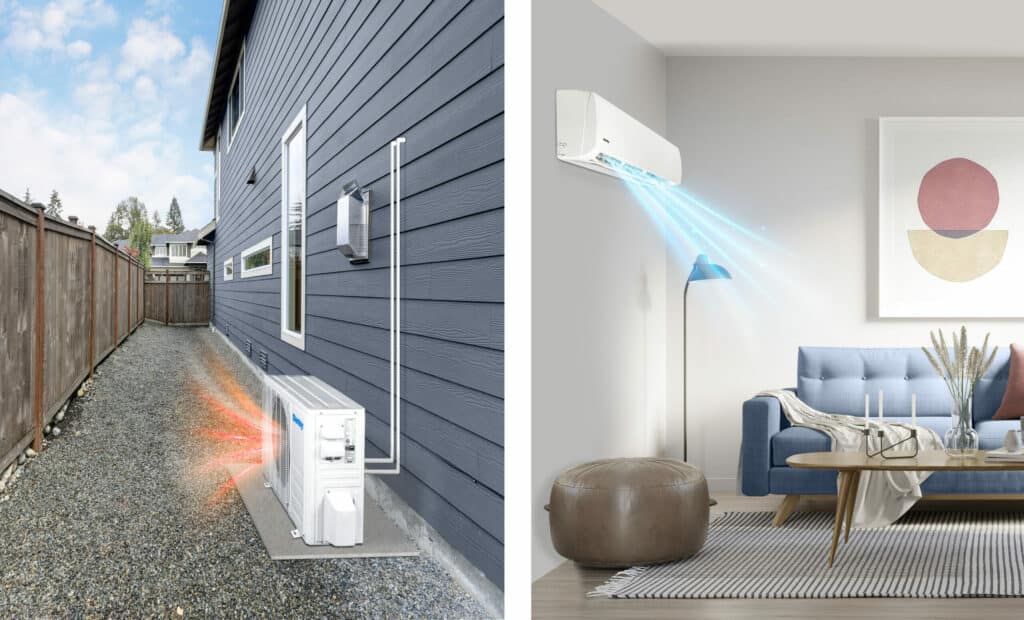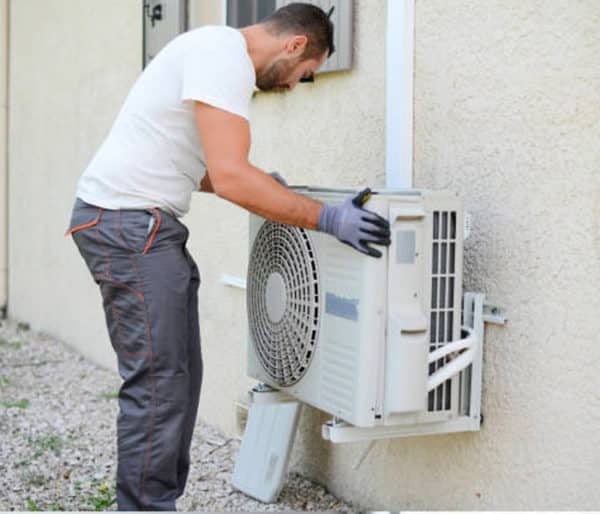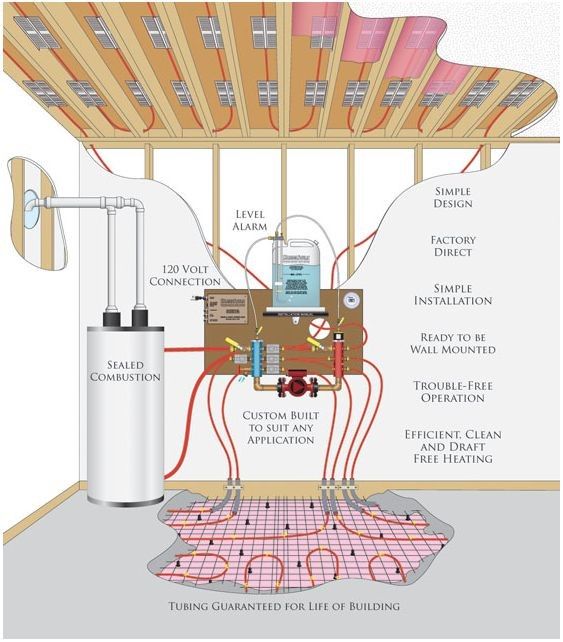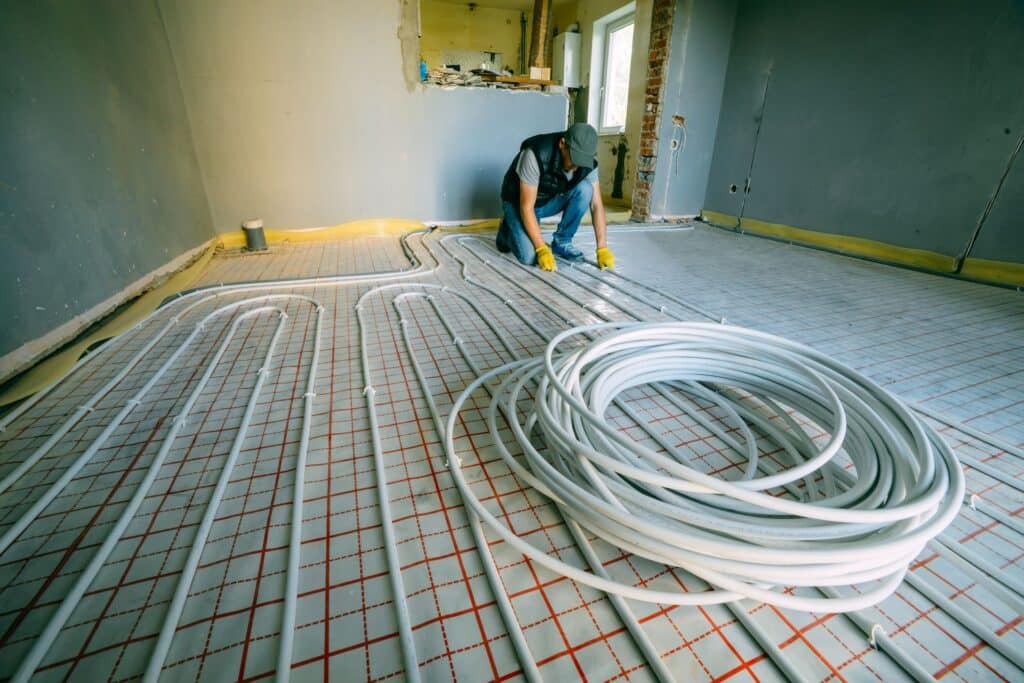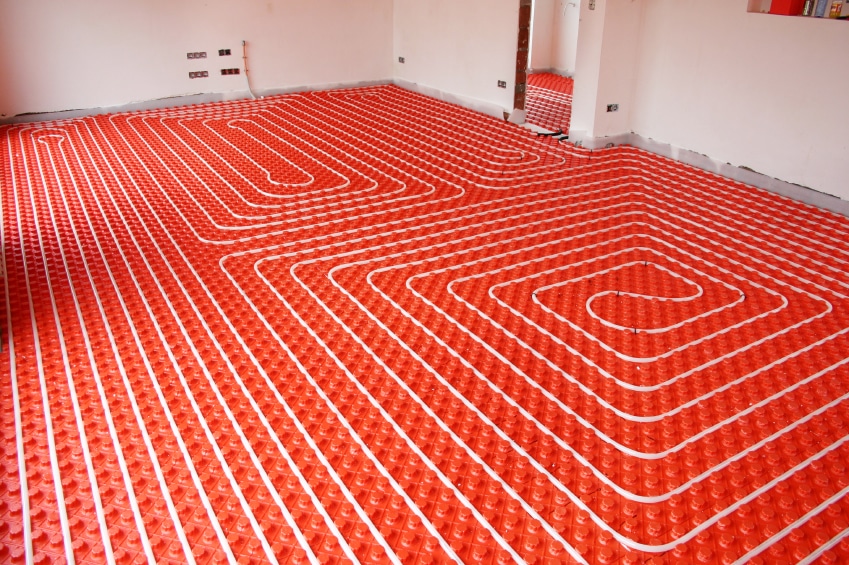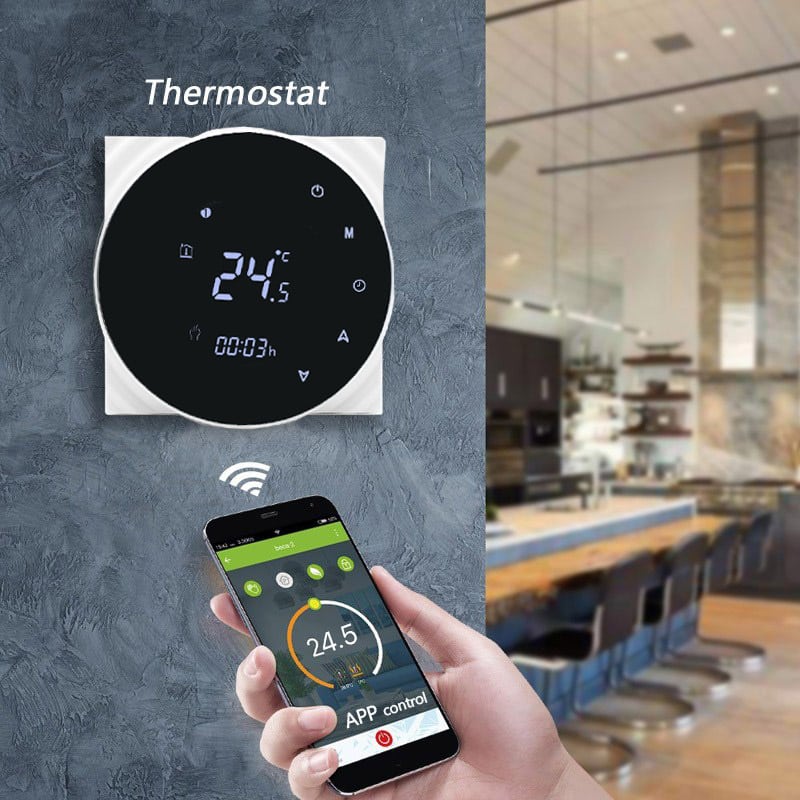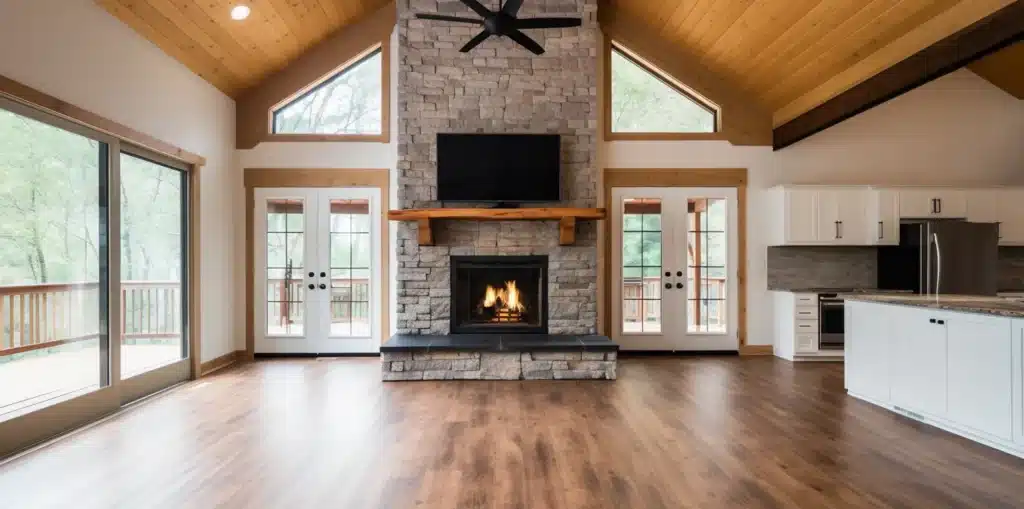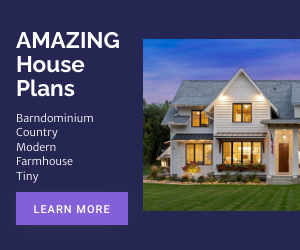Heating Efficiency in Barndominiums: Cost-Effectiveness and Alternatives
Barndominiums, a combination of a barn and a custom-built home, have gained popularity as versatile and stylish homes. However, potential homeowners often wonder about the cost-effectiveness of heating these large, open spaces. This article explores the heating efficiency of barndominiums, the factors that influence their heating costs, and the most cost-effective heating methods available in 2024.
Factors Influencing Heating Costs in Barndominiums
Insulation
The level of insulation is a critical factor in the heating efficiency of any home, including barndominiums. Proper insulation reduces heat loss, keeping the interior warm in winter and cool in summer. Barndominiums with well-insulated walls, roofs, and floors require less energy to maintain a comfortable temperature.
Ceiling Height
Barndominiums often feature high ceilings, which can be a challenge to heat efficiently as heat rises. This architectural style can lead to higher heating costs if not managed with appropriate heating systems or ceiling fans to redistribute heat.
Window Quality
Large windows can enhance the aesthetic appeal of a barndominium but can also be a significant source of heat loss if they are not double-glazed or energy-efficient.
Most Cost-Effective Heating Methods for Barndominiums in 2024
1. Mini-Split Heat Pumps
Mini-split systems are ideal for barndominiums due to their efficiency and the ability to zone heating. They can heat specific areas without wasting energy on unused spaces. These systems are also capable of providing cooling, making them versatile year-round solutions.
Mini-split systems, also known as ductless heat pumps, are increasingly popular for heating and cooling barndominiums due to their efficiency and cost-effectiveness. Here’s a closer look at how cheap it is to run mini-split heaters in a barndominium, considering the factors that influence their operational cost.
Efficiency of Mini-Split Systems
Mini-split systems are highly efficient for several reasons:
– **Targeted Heating and Cooling:** Mini-splits are zoned systems, meaning they allow you to heat or cool specific areas of your home as needed. This targeted approach avoids the energy waste associated with heating unoccupied spaces.
– **No Duct Losses:** Because they do not use ductwork, mini-splits avoid the energy losses associated with ducted systems, where up to 30% of energy can be lost due to leaks and poor insulation in the ducts.
– **High SEER and HSPF Ratings:** Mini-splits often have high Seasonal Energy Efficiency Ratio (SEER) and Heating Seasonal Performance Factor (HSPF) ratings. SEER ratings for mini-splits can range from 15 to over 30, indicating their efficiency in cooling modes, while HSPF ratings reflect their heating efficiency.
Cost-Effectiveness
**1. Lower Operating Costs:** Due to their high efficiency, mini-splits generally have lower operating costs compared to traditional HVAC systems. The precise savings depend on various factors, including the climate, the size of the barndominium, insulation quality, and electricity costs in your area.
**2. Electricity Prices:** The cost of electricity is a significant factor in determining the operating costs of a mini-split system. Areas with higher electricity rates will see higher operating costs, but the efficiency of mini-splits often offsets these costs, making them cheaper to run than other electric heaters.
**3. Maintenance Costs:** Mini-splits require relatively low maintenance, which also helps reduce their overall running costs. Regular cleaning of filters and ensuring the outdoor unit is clear of debris are typically sufficient for maintaining efficiency.
Installation and Initial Costs
While the installation cost for a mini-split system might be higher than some traditional heating systems, especially if multiple indoor units are required for a large barndominium, the long-term savings in utility bills can make up for the initial investment.
Energy Savings
Mini-split systems can save up to 30% to 40% in energy costs compared to traditional forced-air systems due to their advanced technology and efficiency. These savings are particularly noticeable in homes with good insulation and where the indoor units are strategically placed to maximize their effectiveness.
Running a mini-split system in a barndominium can be highly cost-effective. Their efficiency and ability to zone heat specific areas mean that you can maintain comfort while keeping energy costs low. For anyone building or renovating a barndominium, considering a mini-split system is a wise choice, especially in regions with extreme weather conditions, as they offer both heating and cooling capabilities efficiently and economically.
2. Radiant Floor Heating
Radiant floor heating is an excellent option for barndominiums, especially those with concrete floors. This system distributes heat evenly across the floor surface, rising naturally and warming the entire space efficiently. While the initial installation can be costly, the long-term savings in energy costs make it a worthwhile investment.
Heating a barndominium with radiant floor heating is an excellent choice for providing consistent, efficient warmth throughout the space. This method of heating works exceptionally well in barndominiums due to their open floor plans and, often, concrete slab foundations which conduct the heat evenly. Here’s how radiant floor heating works in a barndominium and the benefits it offers:
How Radiant Floor Heating Works
Radiant floor heating systems can be either electric or hydronic (water-based). Both types are installed beneath the floor surface and generate heat that radiates upward into the room.
– **Electric systems** use electric coils placed under the floor coverings.
– **Hydronic systems** circulate heated water through tubing laid under the floor.
The warmth from the floor radiates throughout the space, heating objects and people directly without relying on forced air or traditional heating methods.
Effectiveness in a Barndominium
**1. Uniform Heating:** One of the significant advantages of radiant floor heating is the even distribution of heat. Unlike traditional heating systems that can leave cold spots, radiant heat rises evenly from the floor, making it extremely effective at heating large, open spaces typical of barndominiums.
**2. Energy Efficiency:** Radiant floor heating can be more energy-efficient than other heating methods. Because it heats objects and not the air, there is less heat loss through air movement, which often happens with forced-air systems. This efficiency can translate into lower heating bills.
**3. Works Well with Concrete Slabs:** Many barndominiums are built on concrete slabs, which are excellent conductors of heat. Radiant heating systems integrate seamlessly with concrete, allowing for optimal heat transfer and retention, which is ideal in colder climates.
**4. Comfort and Health Benefits:** Radiant heat reduces the movement of air and allergens, which can be beneficial for those with allergies. It also doesn’t dry out the air as much as forced-air heating, maintaining a more comfortable humidity level indoors.
**5. Aesthetic and Space Saving:** Since the heating system is under the floor, there are no visible components like radiators or air ducts. This saves space and allows greater freedom in interior design and furniture placement.
Installation Considerations
– **Initial Cost:** The upfront cost of installing radiant floor heating can be higher than other systems, particularly for hydronic systems due to the complexity of installation.
– **Flooring Materials:** Not all flooring materials are suitable for radiant heating. Tile and concrete are the best conductors of heat, while some types of wood and carpeting can insulate against heat and may require specific installation strategies to work effectively.
– **Installation Timing:** It’s most cost-effective to install radiant floor heating during the construction phase of a barndominium to avoid the significant costs and inconvenience associated with retrofitting.
Radiant floor heating is an effective and efficient method for heating a barndominium, providing uniform, comfortable warmth throughout the building. While the initial installation costs can be high, the long-term savings and comfort benefits make it a worthwhile investment, particularly in new construction where the system can be integrated into the design from the start.
3. Wood Stoves
A wood stove provides a cost-effective and cozy heating solution for a barndominium, particularly in rural areas where wood is plentiful and cheap. Modern wood stoves are highly efficient and can heat large open spaces effectively, adding a rustic charm to the interior.
4. Pellet Stoves
Similar to wood stoves but using pellet fuel, these stoves are efficient and easy to operate. Pellets are made from compressed biomass, making them a more sustainable option than traditional firewood.
Heating a barndominium with a pellet stove offers a blend of efficiency, environmental friendliness, and rustic charm, making it an attractive option for many homeowners. Pellet stoves are similar to wood stoves but use small, compressed pellets made from wood or other biomass materials as fuel. Here’s a detailed look at using pellet stoves to heat a barndominium, covering benefits, installation, and operation.
Benefits of Using Pellet Stoves
**1. Efficiency:** Pellet stoves are highly efficient, with some models achieving efficiencies of over 80%. This means that a large portion of the biomass burned is converted into usable heat, reducing waste and fuel consumption compared to traditional wood stoves.
**2. Convenience:** Unlike wood stoves, which require frequent loading and tending, pellet stoves can operate automatically. They come equipped with a hopper that feeds pellets into the burn chamber at a controlled rate, allowing for consistent heat output and less manual intervention.
**3. Clean Burning:** Pellets burn cleaner than wood logs, producing fewer particulates and emissions. This makes pellet stoves a more environmentally friendly option, helping to maintain better air quality inside and outside your home.
**4. Easy to Store and Handle:** Pellet bags are compact and easy to store, taking up less space than logs. They are also less messy and easier to handle,
5. High-Efficiency Furnaces
For barndominiums in colder climates, a high-efficiency furnace can be a practical choice. Modern furnaces can achieve efficiency ratings of up to 98.5%, meaning they convert almost all the fuel to useful heat. These units are more expensive initially but save significant money in fuel costs over time.
Alternative Heating Options
Solar Heating
Incorporating passive solar design elements or solar thermal systems can significantly reduce heating costs. Strategic placement of windows to capture sunlight and the use of materials that store heat can help warm a barndominium during the day. solar system can get pricy as well
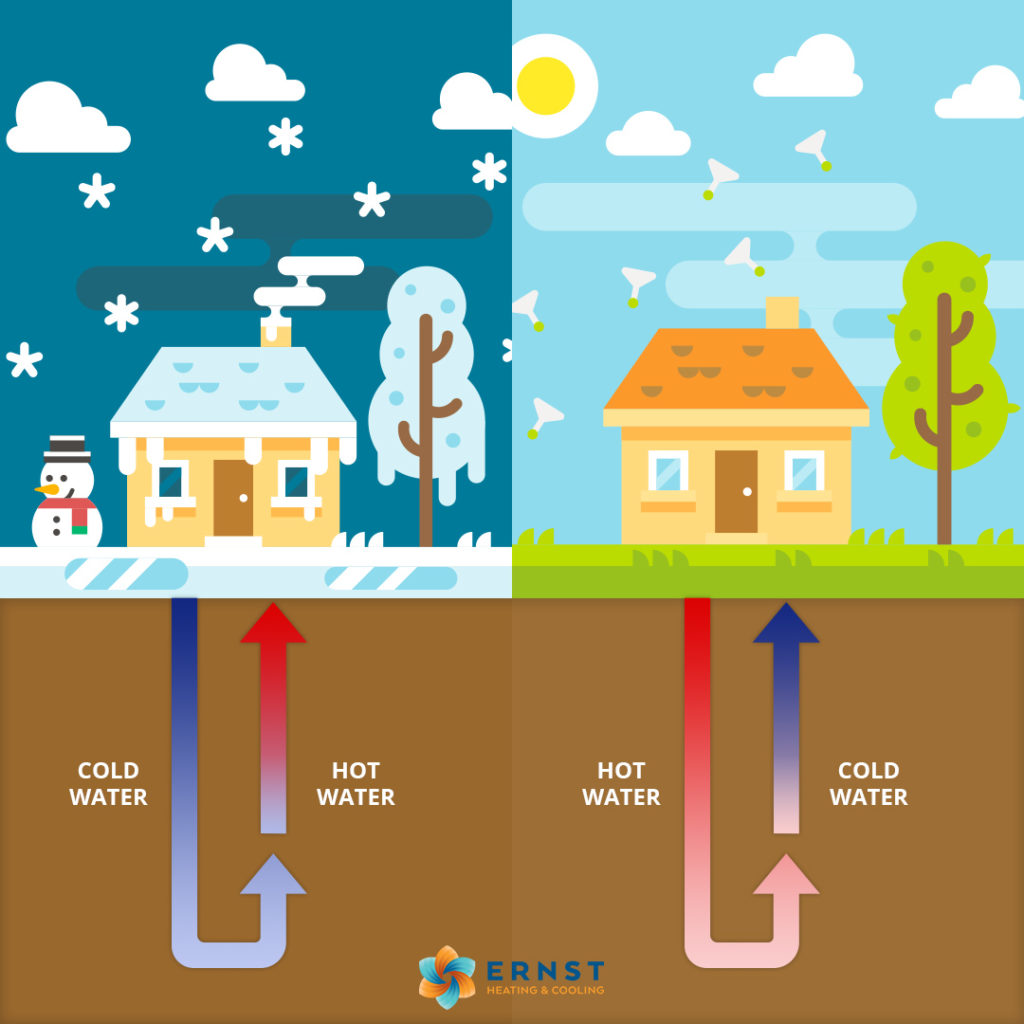
Geothermal Heating
Geothermal systems are very expensive upfront but because they use the earth’s constant underground temperature to heat and cool the home it’s among the most effective and efficient for the home and the environment. While the installation cost is high, the operating costs are very low, making it an excellent long-term investment for a barndominium.
Heating a barndominium efficiently depends heavily on the building’s design and the chosen heating method. By investing in proper insulation, considering the structure’s architectural features, and selecting the most appropriate and efficient heating system, homeowners can enjoy a warm and comfortable environment without exorbitant costs. In 2024, energy-efficient technologies like mini-split heat pumps and radiant floor heating are among the most cost-effective solutions for barndominiums, balancing upfront investment with long-term savings.




